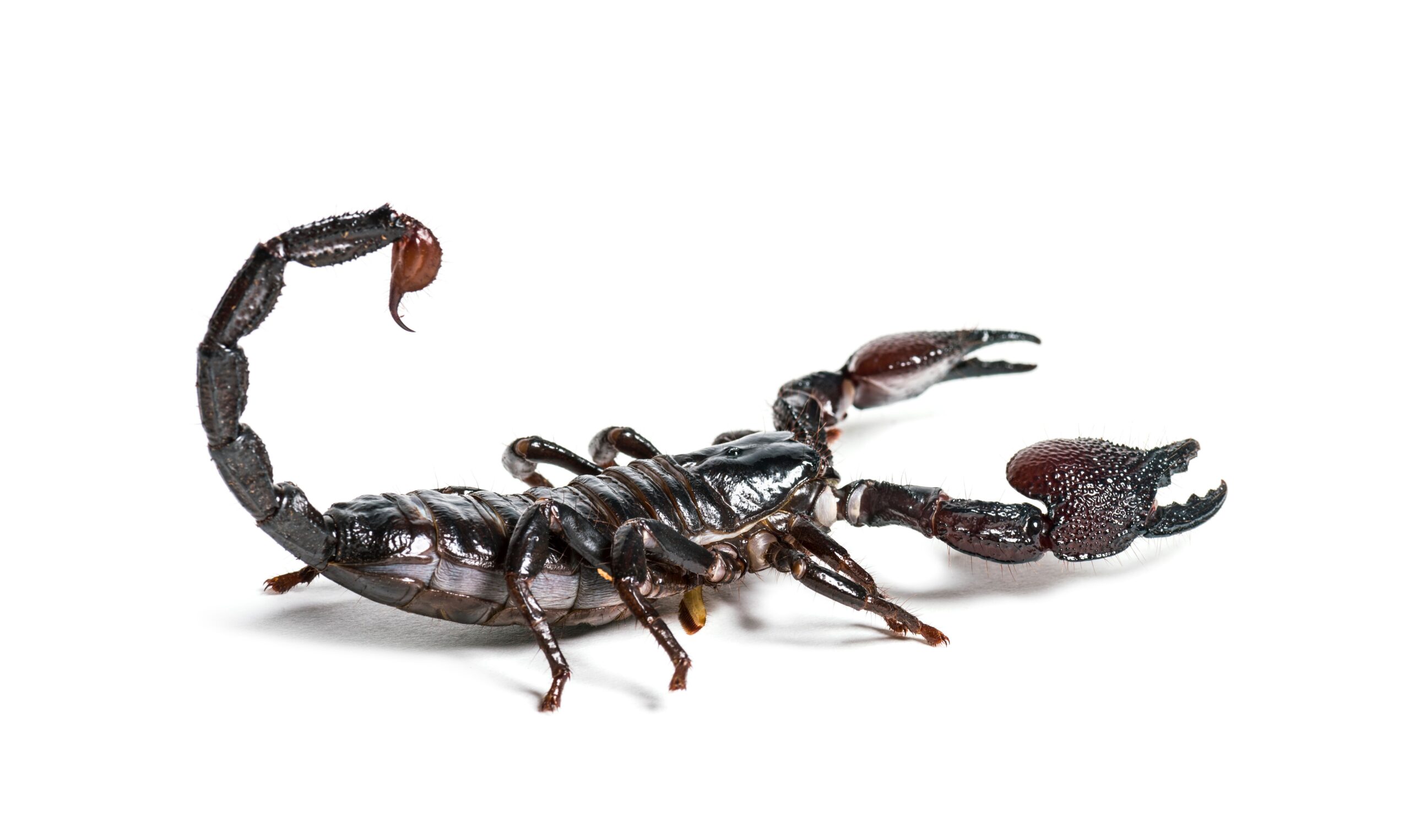There are more than two thousand species of scorpions in the world, but only a few pose a serious threat to humans. The scorpion Gadim (Hemiscorpius lepturus), the most deadly representative of Iran’s arachnofauna, stands out in this small group. It not only belongs to a different family (Hemiscorpiidae), different from most dangerous species, but also acts differently.
What makes it particularly insidious is the absence of pain when bitten. For a day, and sometimes up to three days, a person does not feel any discomfort. During this time, the poison manages to cause irreversible damage to the body. This is explained by its composition: instead of neurotoxins, as in other scorpions, it is dominated by cytotoxins and hemotoxins. The former destroy skin and kidney tissue, the latter red blood cells, causing anemia, hematuria and acute renal failure.
Read also: Soft2Bet Growth in iGaming: From Small Brands to Large-Scale Ideas
Visually, a Gadim’s bite is difficult to notice. The only alarming symptom that causes patients to seek medical attention is a change in the color of the urine: from red to dark brown.
Below are key facts that explain why this particular species of scorpion causes the most deaths in Iran:
- A sting without pain for 24-72 hours creates an illusion of safety.
- The venom affects vital organs before clinical signs appear.
- Antivenom is often ineffective if administered late.
- In children and the elderly, the risk of death is particularly high.
- Even with a high LD50 (lower toxicity by mass), the overall damage from Gadim stings is greater than in more “venomous” species.
These features make the Gadim scorpion a unique but extremely dangerous threat: it attacks silently and destroys from within, leaving minimal time for escape.
Evolutionary Mysteries and Strange Behavior
In the world of venomous creatures, poison is first and foremost a resource. It is

carefully spent, saved, and even “dosed” depending on the situation. Many scorpions, especially those in the Buthidae family, distinguish between a “dry” sting (without venom) and a “wet” sting (with venom injection), using them depending on the threat or size of the prey.
The Gadim scorpion, however, does not seem to follow these laws. Its venom, which does not cause pain, is hardly ever used for hunting. Given that this composition and type of action are not effective for defense, a logical question arises: why did evolution endow it with this mechanism in the first place?
Scientists have not yet found an unequivocal answer. It is assumed that Gadim’s venom serves more to deter predators than for hunting. However, by itself, it does not cause instant pain, and therefore does not give the scorpion time to escape. It’s a paradox, isn’t it?
Phylogenetic studies of the Gadim scorpion are still sparse. Why did this species evolve so differently from other members of its environment? What adaptive mechanisms are embedded in its behavior and venom? The answers to these questions may change our understanding not only of this species but also of the evolution of venomous organisms in general.


Comments are closed